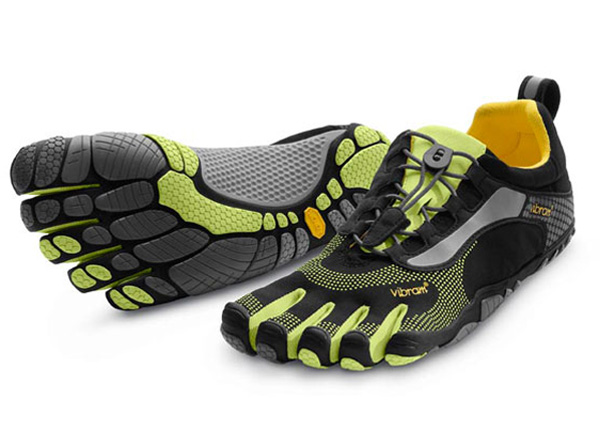6 Easy Guidelines On Choosing A Proper Footwear

Human can’t move around freely hereithout a pair of legs, so it’s no surprise to know that 1/4 of the bones of our entire body can be found in our feet, and because proprioceptives lie close to the joints, we have a lot of proprioceptives input coming from our feet.
Most of the joints have a vertical plane in relation to the ground (One bone beside another bone), so it’s designed to move around in relation to gravity. While each tarsal bone’s movement is subtle, when they move together as a unit, the impact starts to become substantial. Most people do not pay attention to it because it seems innocuous at first, but since our body function as an integrated unit, we need each motion from our joint to be performed correctly in order for our bodies to function properly.
Runners Beware
Have you ever paid attention to the way you run while you’re on a treadmill? Which part of the foot touches the ground first, the heel or midfoot? If your heel gets in contact with the treadmill first, most likely you’re running without slightly bending your knees, and this will send the force across the shin right to the hips; where else if you land on your midfoot first, the calf will act as shock absorber, and this will effectively dissipate the force.
While it’s essential that you purchase a pair of shoes that fits your goal, you need to understand that running mechanics is equally important in not getting yourself injured.
Guideline to Choosing Proper Footwear
| Narrow Heel Cushion | – The heel cushion should be narrow compared to the size of the heel, because this would cause your heel to move around without support and produce early and excessive pronation, causing ankle sprain. |
| Rearfoot / Forefoot Height Consistency | – As your foot gets into contact with the ground, it will go into plantarflexion, and your foot will not be able to move smoothly in all different planes. It will also exacerbate a valgus hallux (Your big toe will be pointing towards the direction of the other toes and deviates from the midline) |
| Minimal Cushion | – if the shoe has too much cushion, it will make the motion around your foot less dynamic and elastic. |
| Purposeful | – does it serve the purpose for which it is designed? (e.g. : A weight lifting shoe has to be rigid because you need to lift heavy weights, while sandals have to be mobile because you will use it to move around a lot.)- consistent with wearer’s physiological state? |
| Adequate Forefoot Space | – A pair of high heel shoes that wraps your toes together in a tight space will cause the big toes to move sideway rather than flexing up and down, and this will cause it to lose the original ability it used to own. |
| Minimal Stiffness | – A shoe that is too stiff will impede proper movement of the joint surface, prompting problem in lower back area.- A big toe that couldn’t dorsiflex will force the knee to go forward without any stretching of the muscles, and your hips will be used to move forward, causing overactivity of the priformis and glutes. The sacroiliac joint will not be able to glide smoothly, and this will wear it out quickly, potentially causing SI joint inflammation. |
Key Points
– Trim your toenails, or you might end up with ingrown nails because the shoe is too tight.
– Pay attention to the rigidity of the shoe
– Enough space for the foot arches to collapse and toes to dorsiflex (Your forefoot can move up and down). Wiggle your big toes to test.
– Is the shoelace causing a tight space?
– Heel should be on the same height as the forefoot
– Shoe heel cannot be too wide compared to your heel
– Only wear high heel during specific occasion; wearing it too often and it will cause imbalance around your feet area, because a higher heel slides the foot forward into the shoe, and your toes will be squeezed to a discomfort level.
– Your feet get bigger during the afternoon, so do your shopping later in the day.
– Not both of your feet have the same size, so do try the shoes on and see if it fits nicely.
– The bone structure of a child is soft and will adjust itself according to the shape of a shoe. Because they’re currently in a growing phase, it’s important to constantly measure the progress (Every 2 months for those below 6 years old, every 3 months for those below 10 years old, and every 4 months for those below 12 years old)

